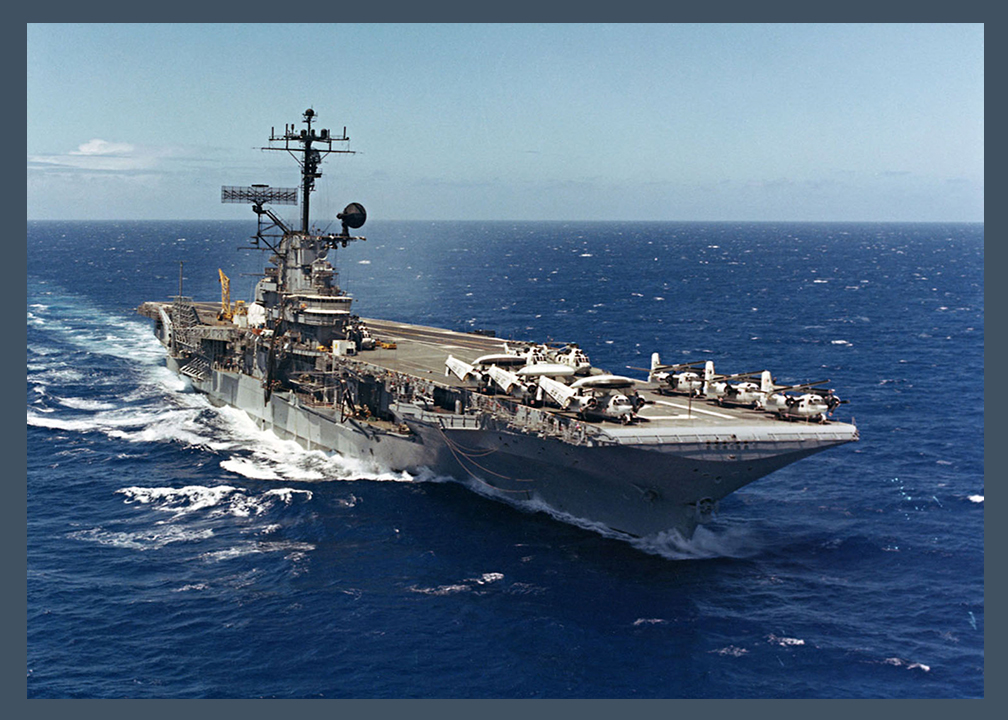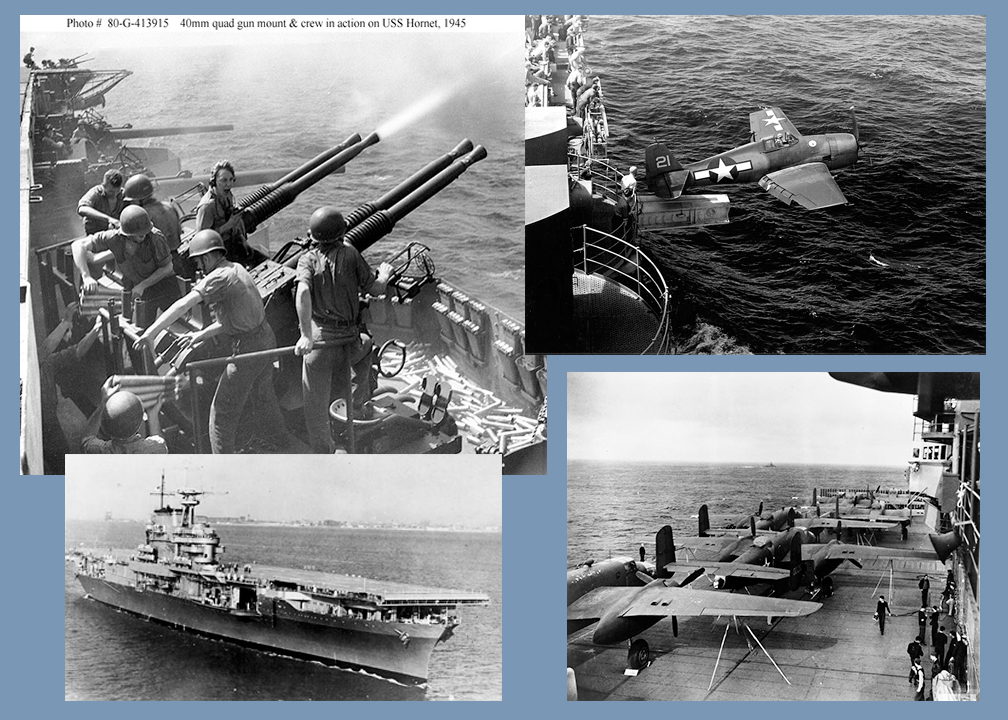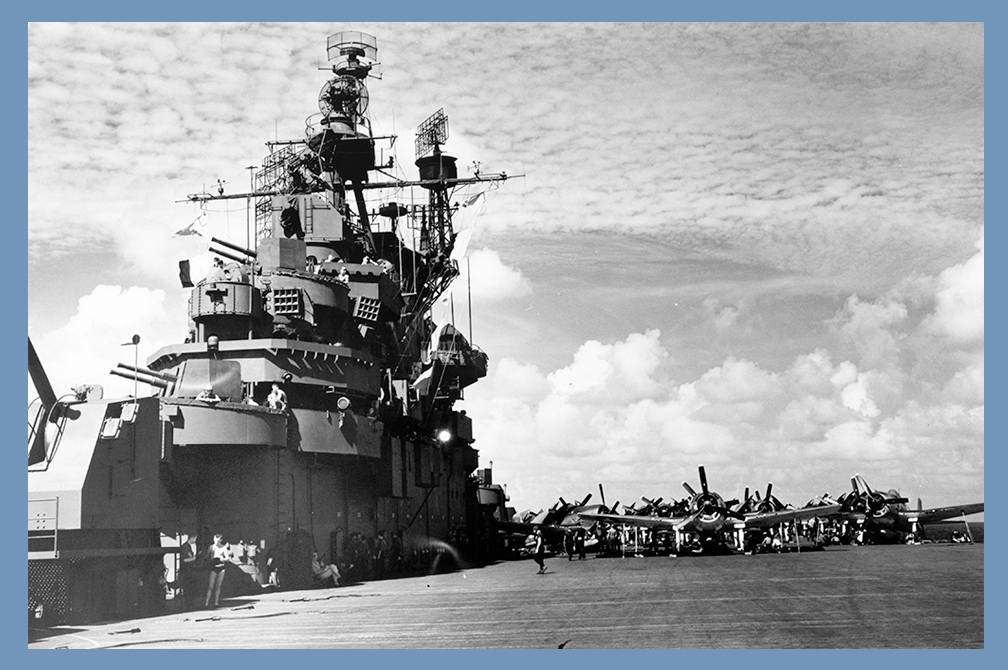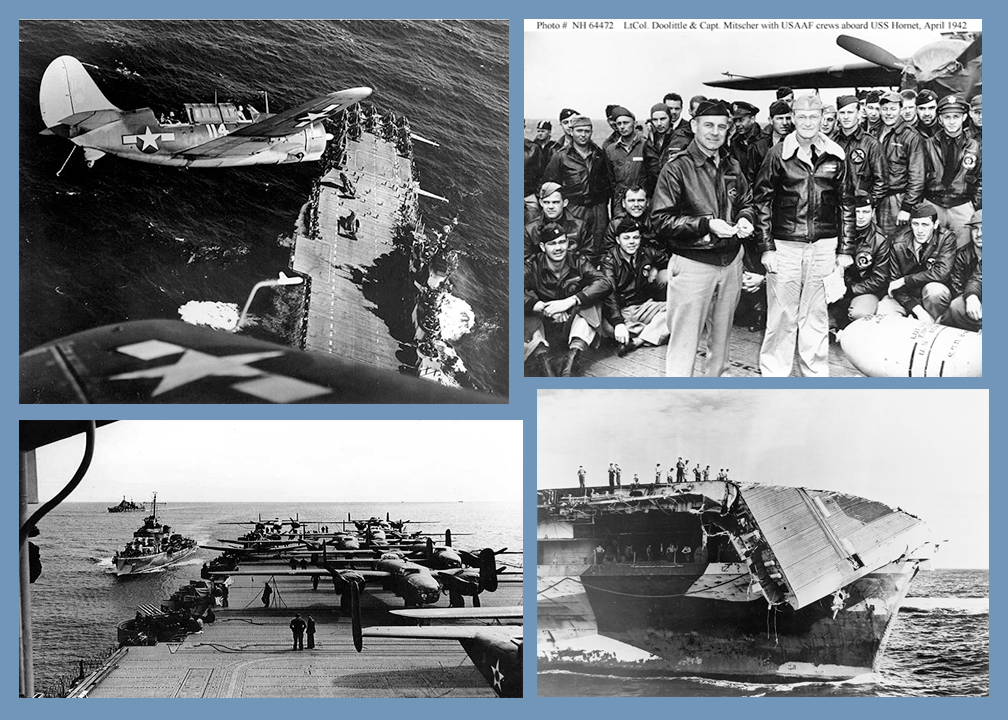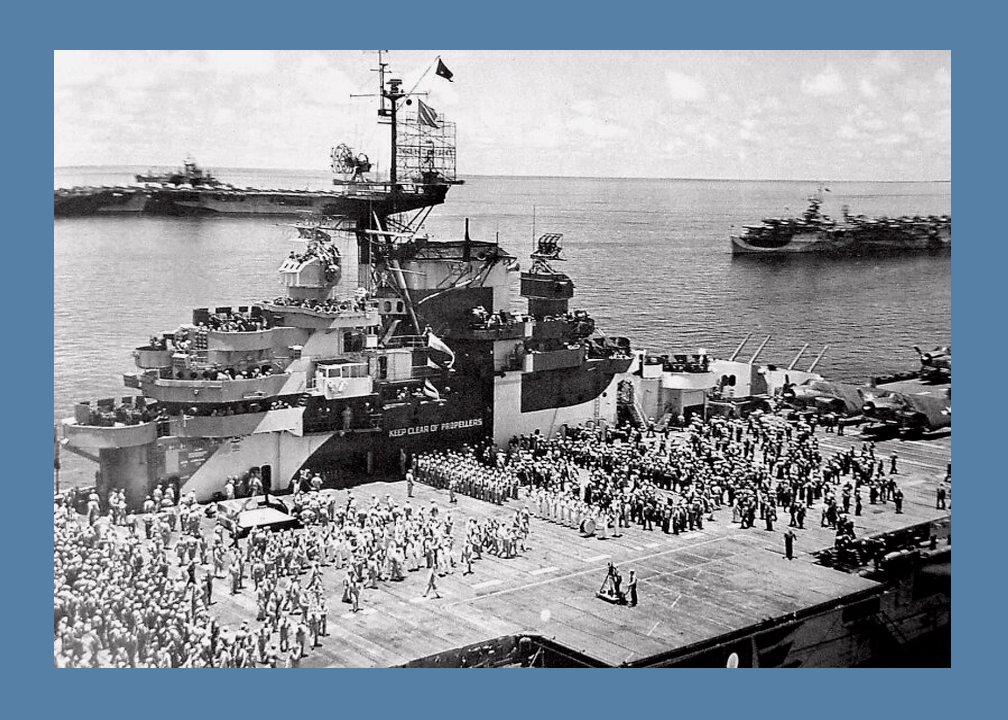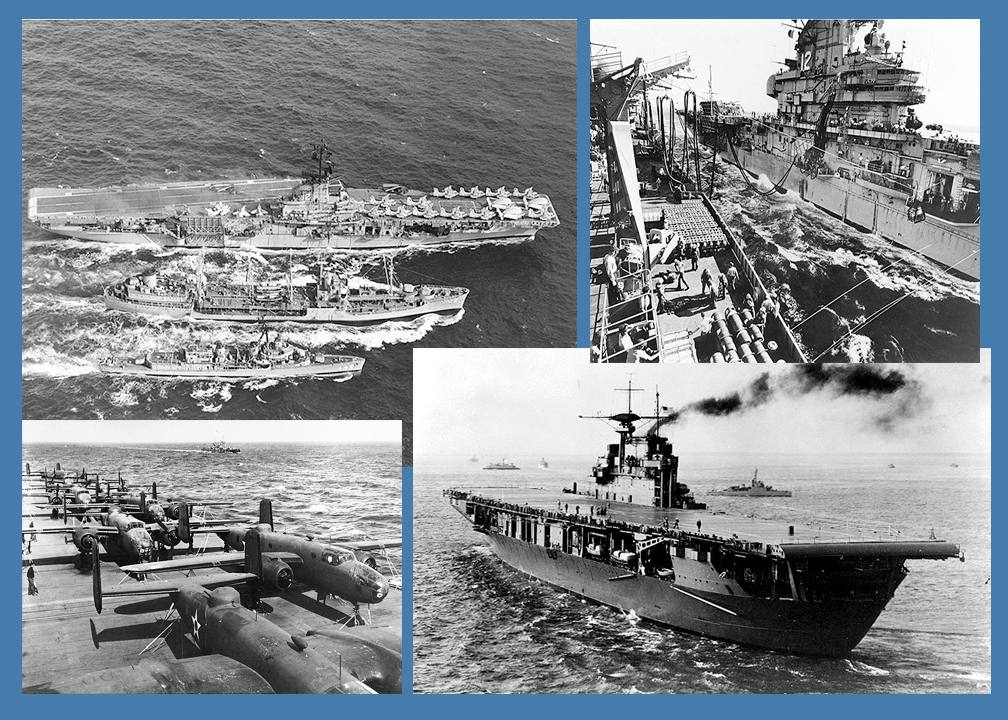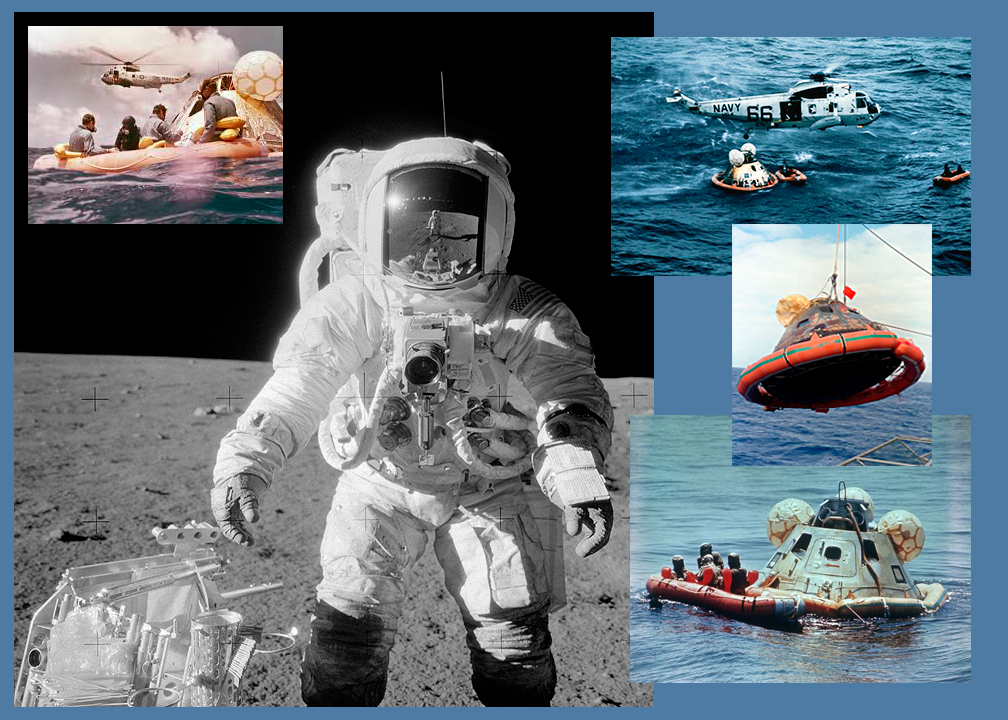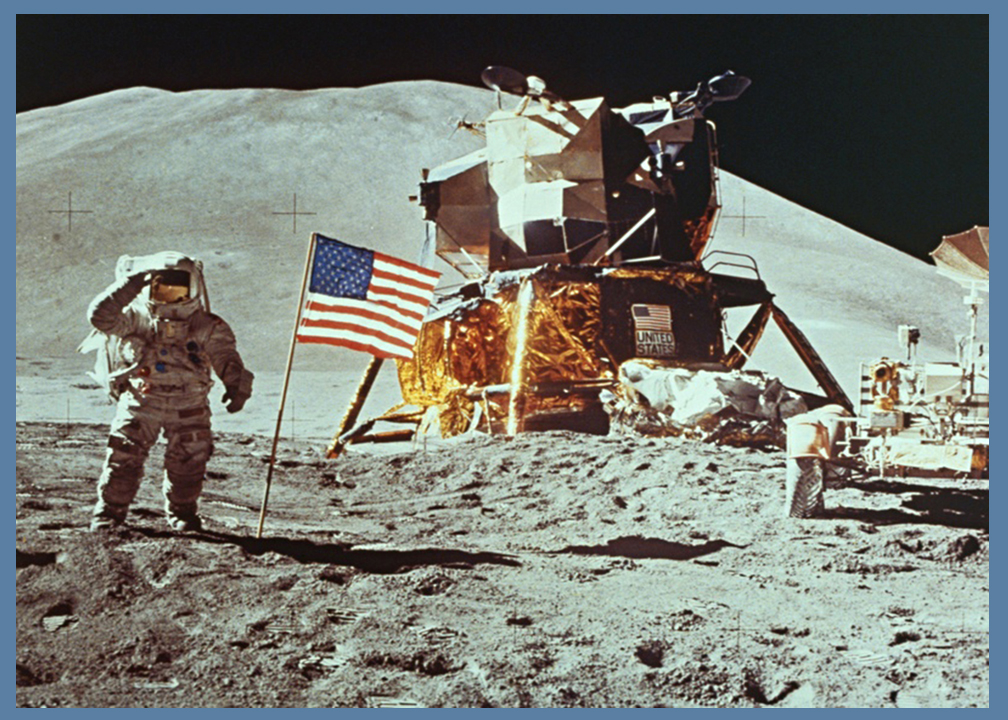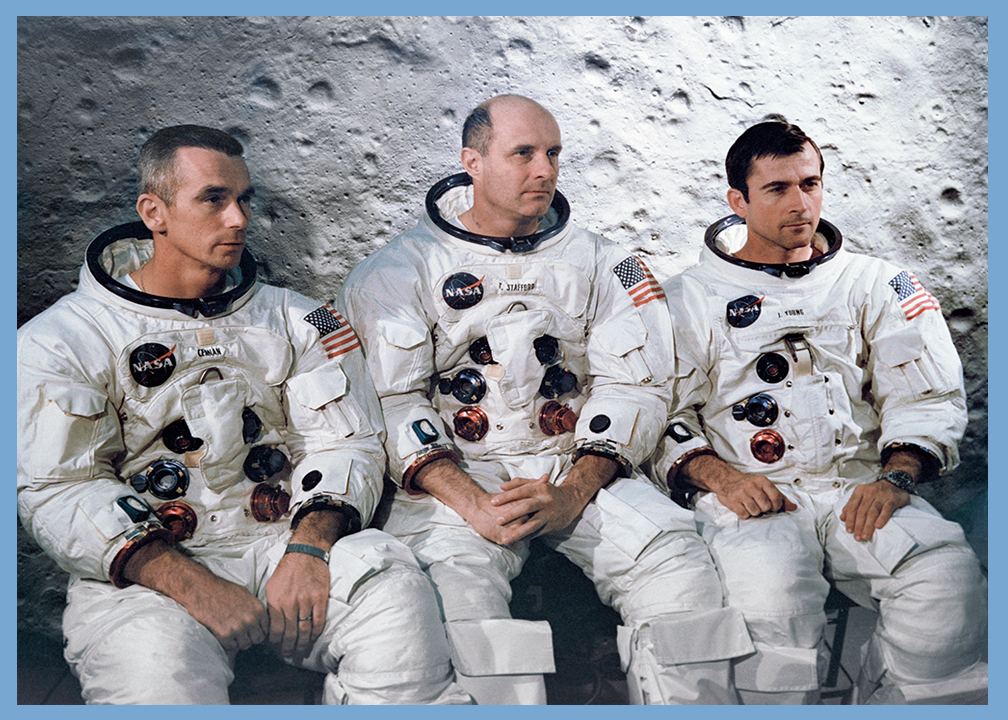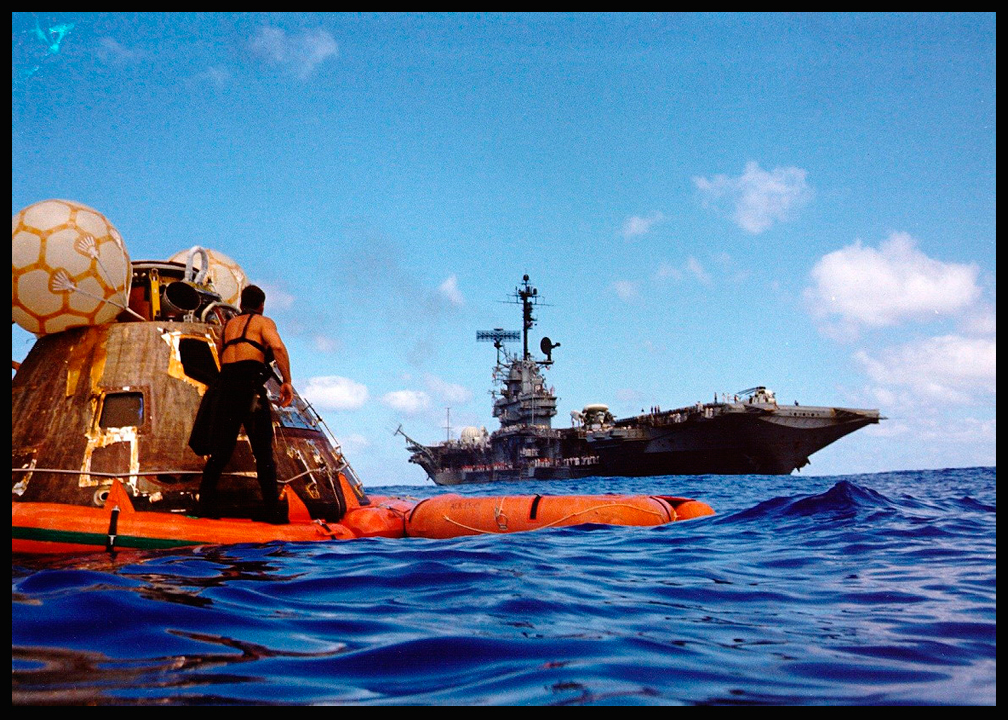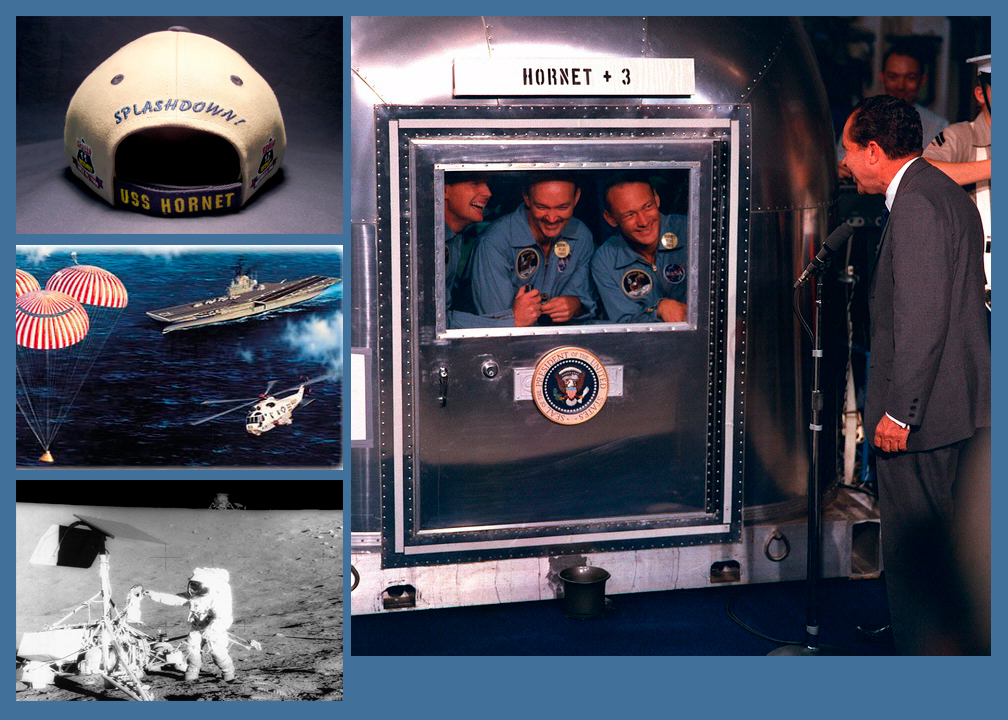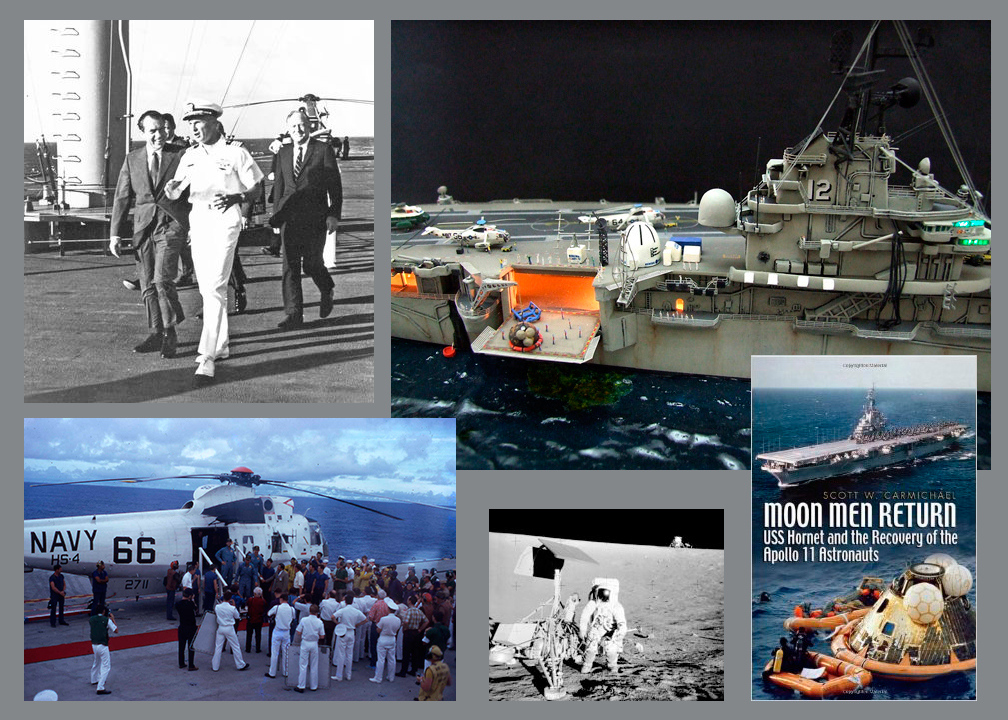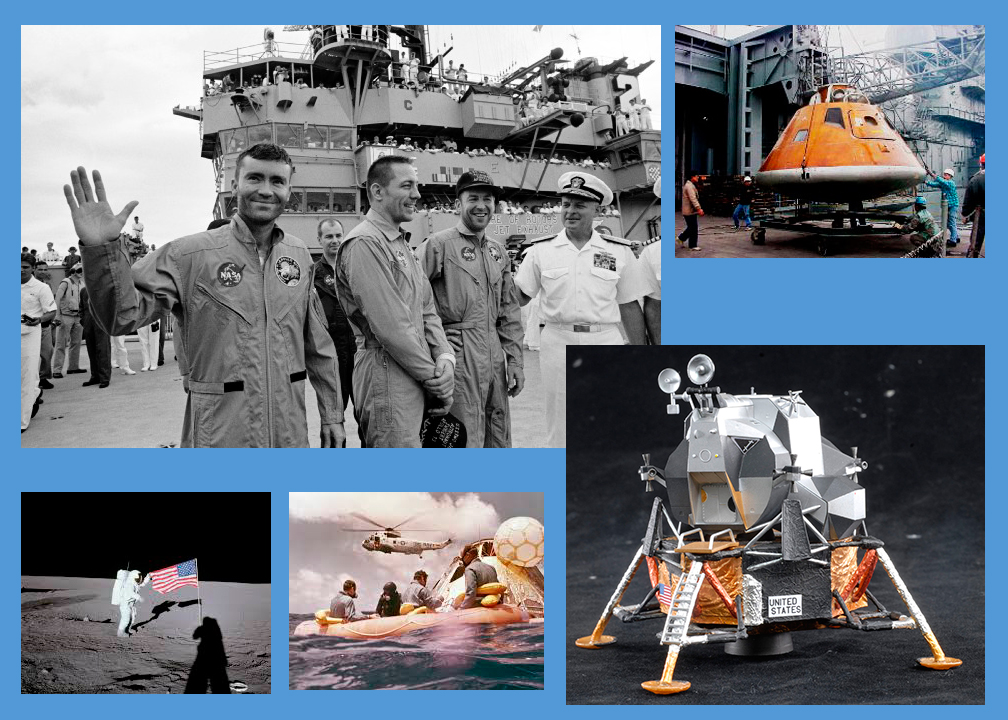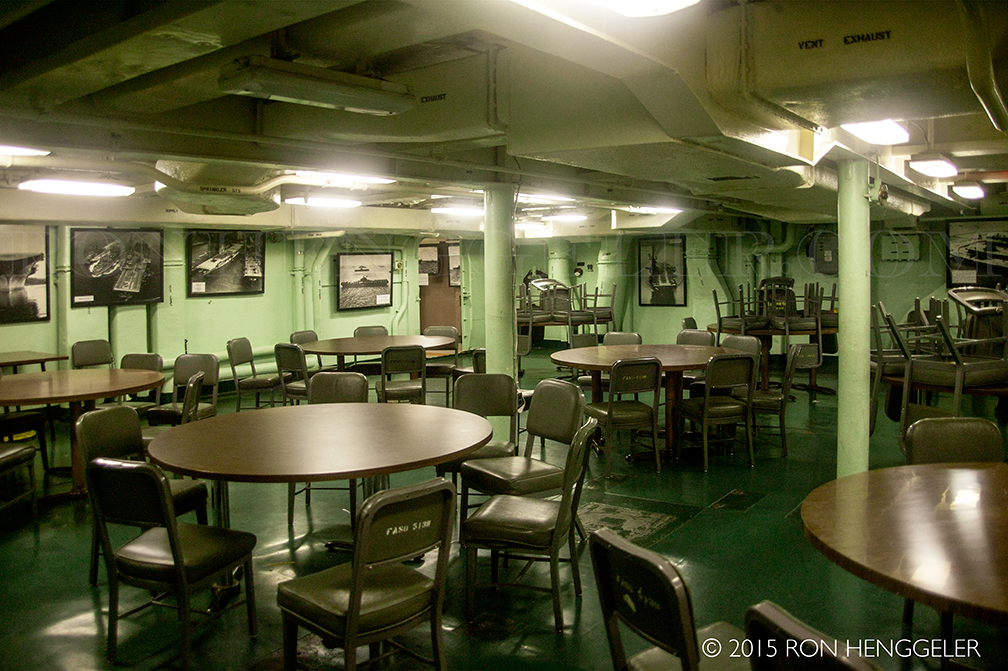RON HENGGELER |
August 15, 2015
The U.S.S. Hornet Museum in Alameda
Last Monday, Dave and I visited for the first time, the historic aircraft carrier U.S.S.Hornet, permanently moored over in Alameda. Here are some of my photos from the visit.
USS Hornet Museum The aircraft carrier USS Hornet is a national treasure, having participated in two of the greatest events of the 20th century — World War II and the Apollo 11 manned space mission when the first humans in the history of mankind set foot upon the moon. |
In October 1998, the ship was opened to the public as a museum moored at the former Naval Air Station Alameda (currently known as Alameda Point) on San Francisco Bay. She is a registered State and National Historic Landmark and is not funded by any governmental agency. |
|
The USS Hornet CV-12 is one of the 24 legendary Essex-class aircraft carriers built during and after World War II. Built at Newport News, Virginia, and the eighth ship to be named “Hornet,” she is one of the most decorated ships of the US Navy. |
|
|
Standing sentinel after clocking significant time in World War II and assisting with the recovery of Apollo 11 and 12 space-shuttle crews, the USS Hornet now serves as an anchored museum where naval enthusiasts and curious citizens can wander her decks to gain insight into her past military duties on the high seas. |
|
Hornet participated in World War II, the Vietnam War, and the first moon missions. |
For 16 continuous months Hornet was in action in the forward areas of the Pacific combat zone, sometimes within 40 miles of the Japanese home islands. Under air attack 59 times, she was never seriously damaged. |
|
|
The aircraft carrier is comprised of four levels of historical eye-candy, mixing curated exhibits with actual ship quarters such as the captain's bridge and in-port cabins. Visitors roam the ship during self-guided tours, which are often injected with wisdom from available docents. |
|
|
|
|
|
|
|
|
|
|
|
|
|
|
|
|
|
Sites include the island and navigation bridge, where the helmsman directed the ship and where the admiral conducted operations with his task force, as well as the hanger deck with access to the ship's panoramic fantail view of San Francisco. |
|
World War II operations in the Pacific revolved around one giant technological leap – the advent of the aircraft carrier as a key weapon in the Navy’s arsenal. During most major naval engagements, ships from both sides never actually saw each other, much less fired on each other. This is because aircraft could strike the opponent several hundred miles away from their floating “home base.” The primary operational component of an aircraft carrier vessel is its flight deck. It provides a floating airfield from which various types of combat and support aircraft can be launched and landed while far at sea. |
|
|
|
|
|
|
|
|
|
|
|
|
|
|
|
|
|
|
|
|
|
|
|
|
|
|
|
|
|
|
|
|
SH-3H Sea King – used in the 1995 movie "Apollo 13" same type of helicopter that recovered the Apollo 11 and 12 astronauts painted in the same "66" livery as the original. |
History of Apollo USS HORNET CVS-12 was selected in 1969 to serve as the Prime Recovery Ship (PRS) for the Apollo 11 moon mission. The whole world watched as HORNET led a picture-perfect recovery of America's first astronauts to land on the Moon. Four months later, Hornet recovered the all-Navy crew of Apollo 12. The USS Hornet Museum has the largest Apollo exhibit on the West Coast. |
Space Artifacts on Display: Gemini Boilerplate – replica of a Gemini capsule |
Apollo Space Capsule – used for suborbital space flights to test the heat shield designed for Apollo capsules; recovered by HORNET in 1966 |
|
|
|
|
|
|
|
|
|
|
|
|
|
|
|
|
|
|
|
|
|
|
|
|
|
|
|
|
|
|
Splashdown Exhibit – includes memorabilia and photos from the Apollo 11 and 12 moon missions |
|
|
|
|
|
|
|
|
|
|
|
|
|
|
|
|
|
|
|
|
|
|
|
|
|
|
|
|
|
|
|
|
|
|
|
Newsletters Index: 2015, 2014, 2013, 2012, 2011, 2010, 2009, 2008, 2007, 2006
Photography Index | Graphics Index | History Index
Home | Gallery | About Me | Links | Contact
© 2015 All rights reserved
The images are not in the public domain. They are the sole property of the
artist and may not be reproduced on the Internet, sold, altered, enhanced,
modified by artificial, digital or computer imaging or in any other form
without the express written permission of the artist. Non-watermarked copies of photographs on this site can be purchased by contacting Ron.
